Call for calorie content labelling on alcoholic drinks
- Published
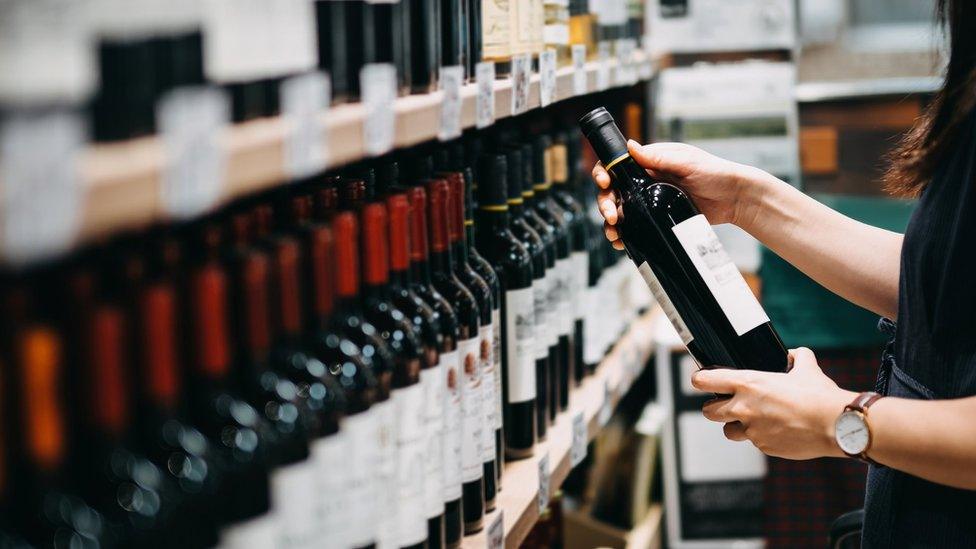
Campaigners in Scotland are calling for the calorie content of alcoholic drinks to be clearly displayed on labels.
The Alcohol Health Alliance and the charity Alcohol Focus Scotland want changes to be made to labelling laws.
The current law only requires alcoholic products to show the strength of alcohol, the volume of the drink and any allergens contained in them.
The UK government is planning a consultation, leading to the call for more mandatory information on labels.
Ingredients, nutritional information and health risks do not currently have to be shown on alcoholic drinks.
The alcohol industry agreed to update labels to display the chief medical officers' weekly consumption guideline by September 2019.
However, research undertaken by the Alcohol Health Alliance at the time showed that more than 70% of labels surveyed did not include the drinking guidelines more than three years after they were updated and after the deadline the industry agreed with the government.
A recent poll by YouGov found:
Only a quarter of people surveyed correctly estimated there were between 120 and 359 calories in a pint of lager at 5% strength
Just 22% knew there were 67-200 calories in a medium glass of wine at 12% strength
Only one in 10 (11%) correctly estimated how many calories were in a single measure (25ml) of spirits at a strength of 40%
Just 23% of the public knew that the chief medical officers' drinking guideline was to have no more than 14 units of alcohol per week
3% of the public have visited a website address printed on an alcohol product to learn more about the health harms from alcohol
Prof Ian Gilmore, chairman of the Alcohol Health Alliance, said: "Alcohol labelling in this country is failing to inform consumers about what exactly their drink contains.
"Displaying basic product information, such as calorie content, empowers the consumer to make informed choices about what, and how much, they decide to drink. This information should be displayed clearly on the product they are buying. They should not have to research basic health information online."
'Important health warnings'
He said the upcoming UK consultation on calorie labelling was a great opportunity for change and that displaying the calorie content would bring alcohol labelling in line with the labelling of food and soft drinks.
But he added: "The public is entitled to know more than just calorie content. It is concerning that only 18% of the public are aware of the chief medical officers' drinking guideline.
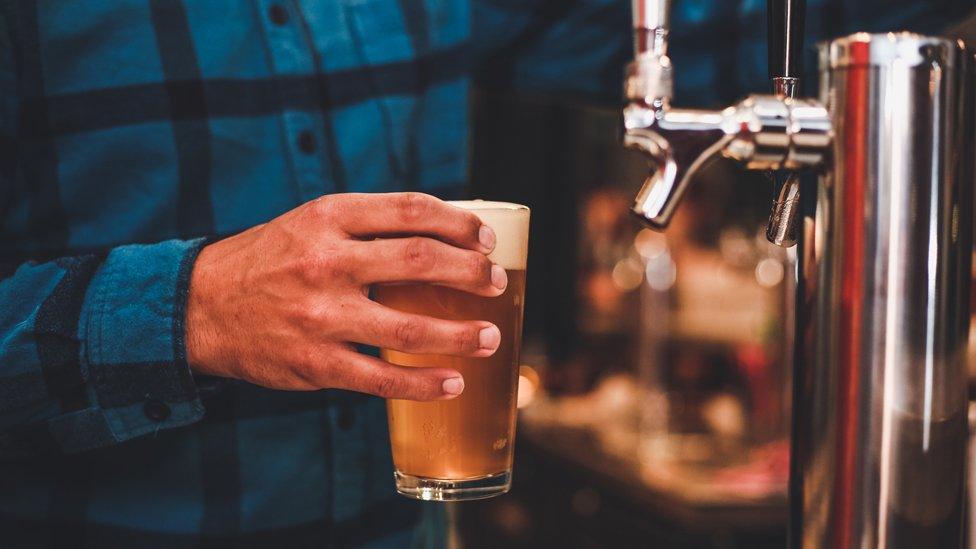
"Including this essential health information on the label, along with other legible important health warnings and drink-drive and pregnancy warnings, would help educate the public about the risks associated with drinking and could help reduce alcohol harm by prompting behaviour change."
Alison Douglas, chief executive of Alcohol Focus Scotland, said: "Is it any surprise that so few Scots know the calorie content of drinks - or the chief medical officers' weekly low-risk drinking guideline - when this information is not routinely provided by alcohol producers?
"It is unacceptable that a product linked to 10 deaths a day in Scotland continues to be exempt from laws on labelling that apply to everything else we eat and drink.
"The alcohol industry have dragged their feet for long enough - unless labelling requirements are set out in law we will continue to be kept in the dark about what is in our drinks and what the health risks are. We need reliable health and nutritional information directly on bottles and cans, where it can usefully inform our decisions."
Holly Gabriel, nutrition manager at Action on Sugar, said it was "absolutely unacceptable" that the alcohol industry was able to get away with not providing full information.
She added that previous research by Action on Sugar found that some drinks contained 15 teaspoons of sugar per pack - double the added sugar an adult should be having in one day.
Related topics
- Published17 June 2021
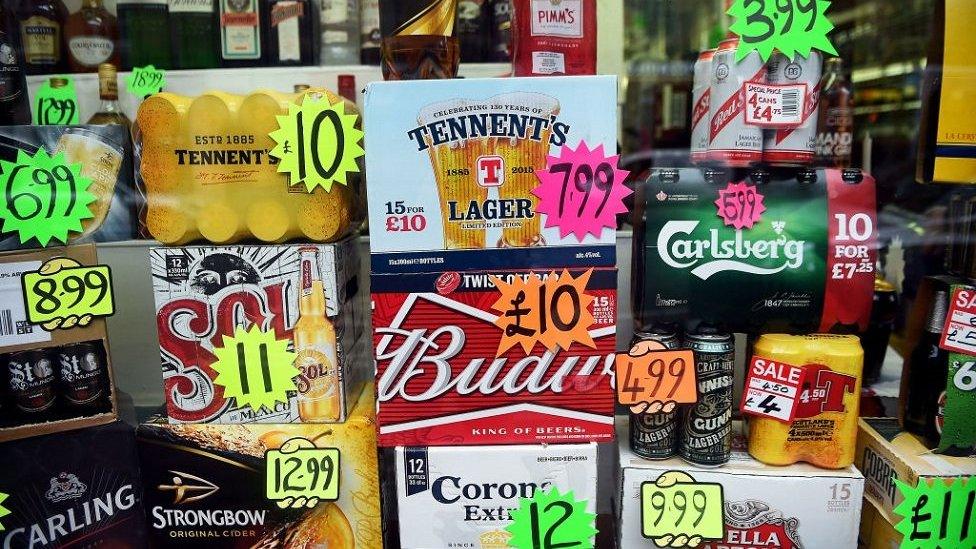
- Published29 May 2021
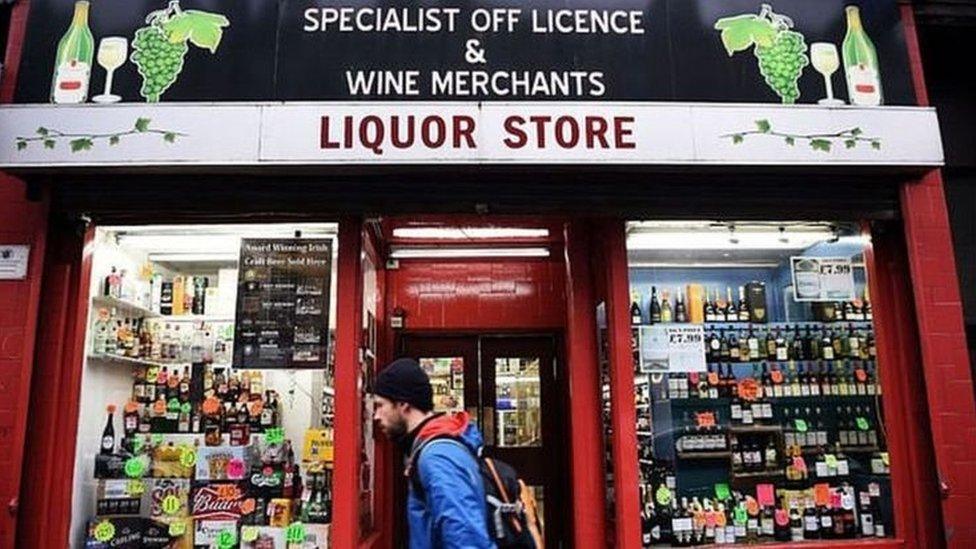
- Published11 December 2020

- Published24 November 2020
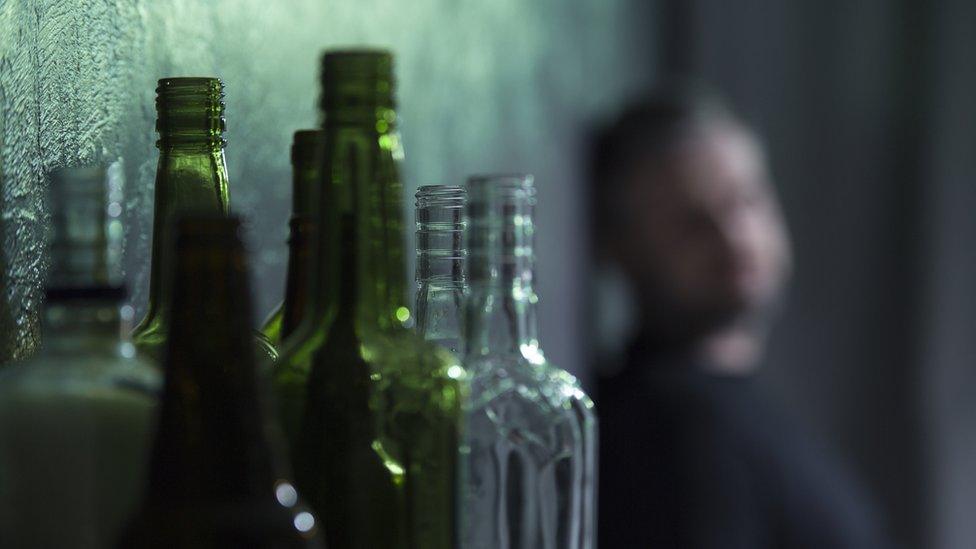
- Published10 February 2016
